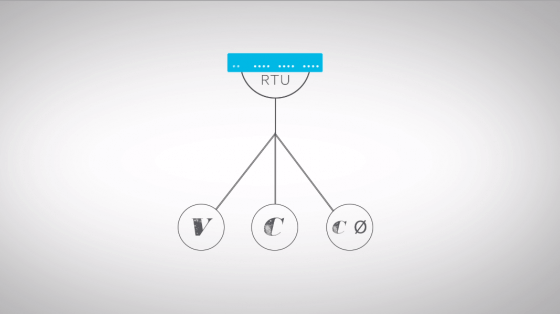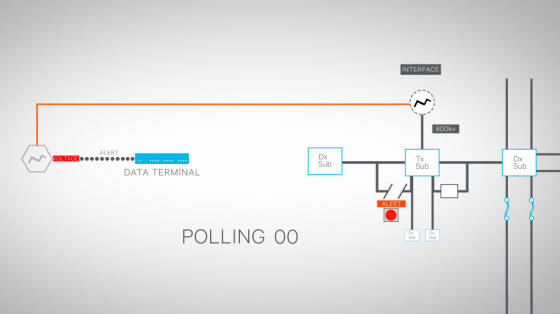Introduction to Industrial Control Systems
Industrial Control Systems by Industry
What is Distribution Automation?
Distribution automation is the process by which the collection of data is automated and analyzed, and then controls executed by Utilities.
Distribution automation is a little bit of a misnomer because it implies a closed loop. In reality, most operators will want to see the analysis, look at the proposed control scheme and validate that no workers are on the lines, ensure they don’t have construction in the area, interpret the data in a way that would typically have been done in the past through a more manual process. So it will take quite some time before a utility is fully comfortable with the idea of hands-free automation in the way that we tend to think of automation.
If you think about the distribution system as a whole, it’s typically unmonitored. It’s very much a physical system. It’s an electrical and a mechanical system at its root. Most distribution systems have no intelligence or logic. They have very fixed transformers that aren’t necessarily even variable in terms of voltage control.
The ability to apply technology to monitor the physical world is not just distribution automation, but also the process of a smart grid and smart control.
For example, when there is an outage, there is an immediate indication within the system that current is no longer flowing. This can be determined by factors such as heat as there is a persistent heat at every physical connection of a wire. That is typically interface loss, loss that happens at that point of interconnect. That loss stops when there’s no current flow. If heat is monitored, it can be determined if current is flowing or not. This information can be relayed over radio that states, “The current is not flowing.”

More sophisticated and intelligent devices like RTUs can be used, that have physical connections that monitor voltage, current, phase and can internally calculate things such as the reactants on the line or the Volt/VAR relationship. RTUs can also monitor power quality to determine if there is too much jitter on a line that can create false alarms within the system. Managing the jitter, voltage, current and phase are all key aspects of automation and improving overall grid stability and reliability.
One of the key use cases in distribution automation is called “Fault Detection, Isolation, and Service Restoration.” Automated service restoration involves the combination of monitoring the network, detecting an outage, and making switching commands that isolate the fault and allow restoration of service to as much of the grid as possible. Some of this process is closed loop. It doesn’t actually require a communication network in order to isolate the fault. Typically, a recloser or a switch will recognize high current or over or under voltage conditions and it will trip all by itself.

There are schemes built within RTUs and within some of the intelligence that will then reattempt to close that connection. If it continues to detect a fault, it will open. It may repeat that cycle two or three times. Sometimes, that burns a branch off of a power line or clears a fault from a variety of causes. But then that ability to automatically restore service basically means that the scale of the impact of an outage is reduced.
Now, it doesn’t necessarily do all that in a fully automated fashion like we think, but the data collection is fully automated, the ability to analyze the fault is fully automated. However, the decision to restore power to the certain segments of the grid is often still left to a human who can make a human decision.
 Radio Academy
Radio Academy





